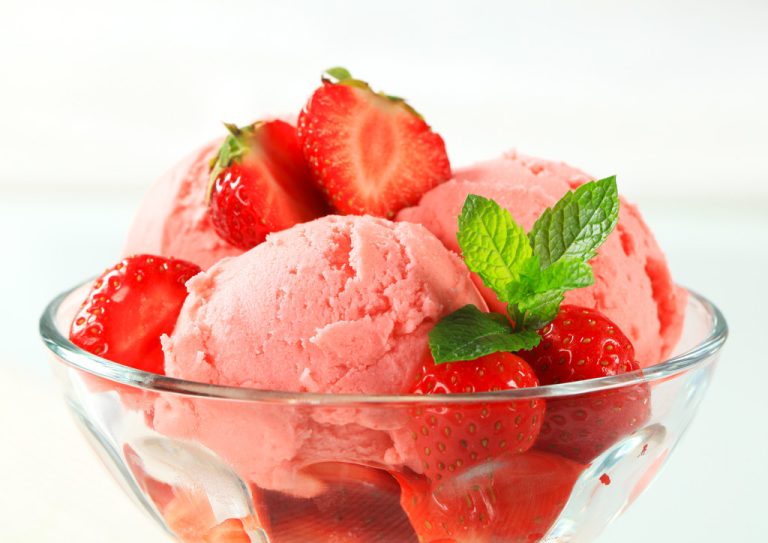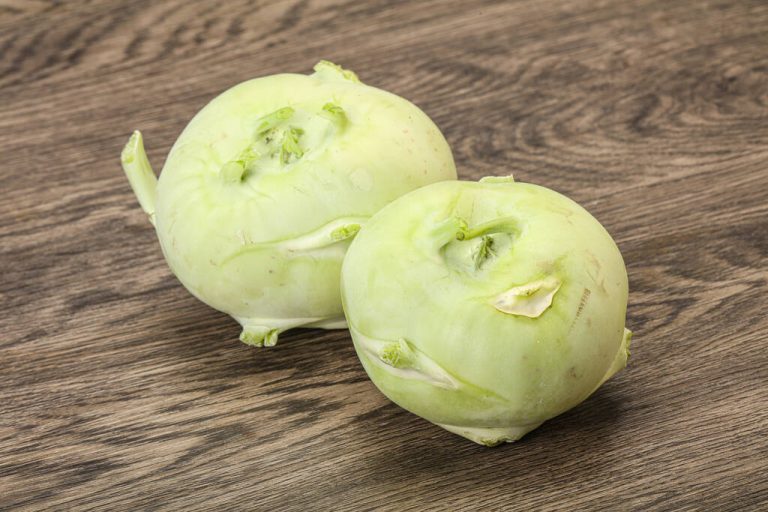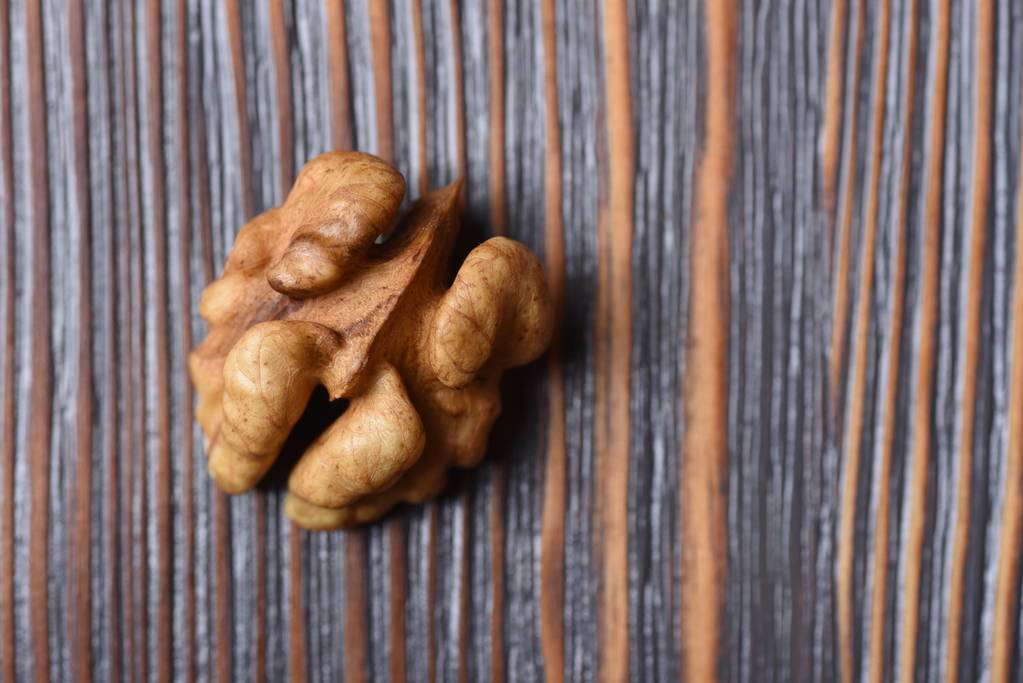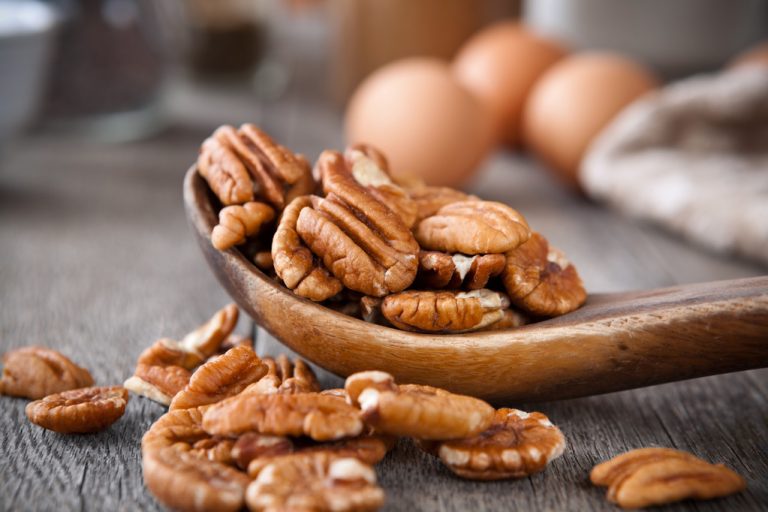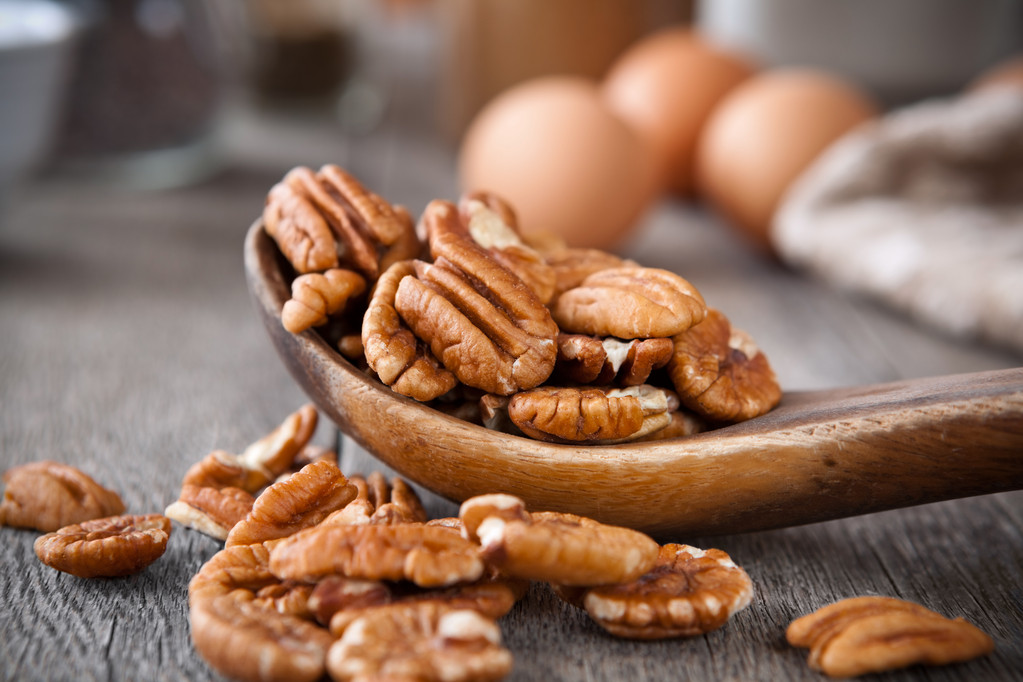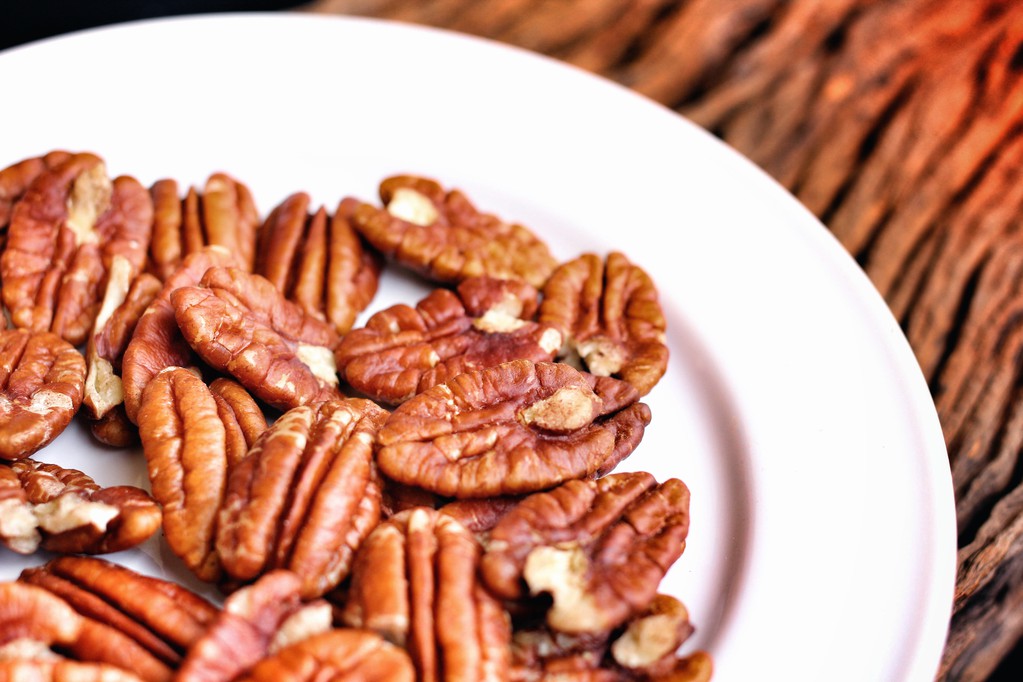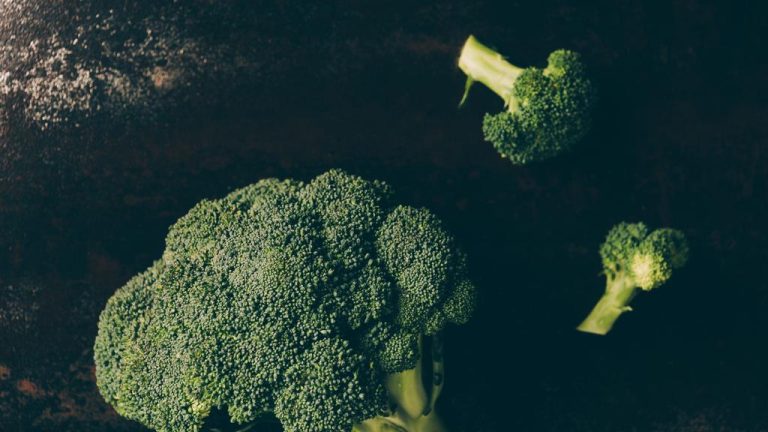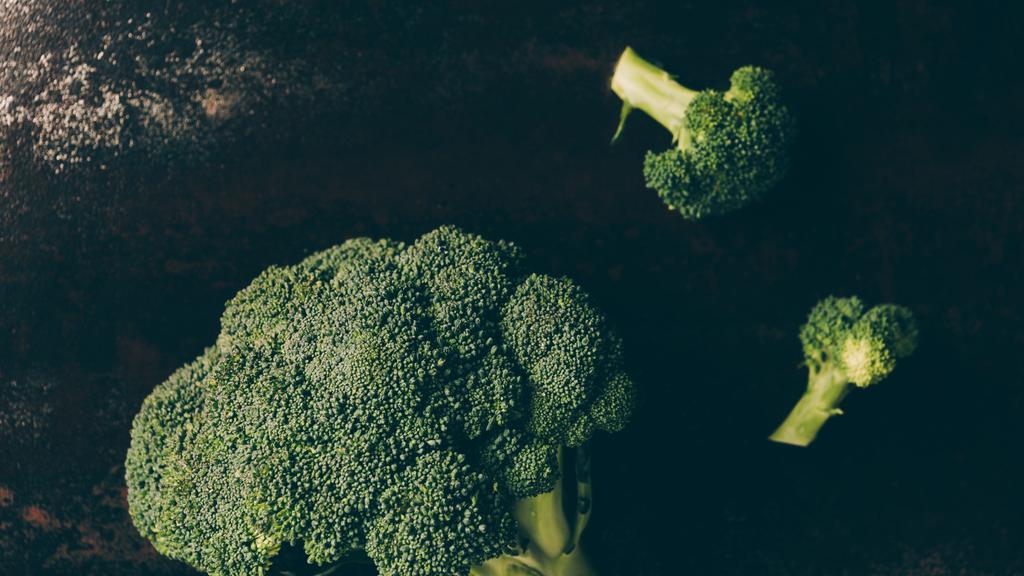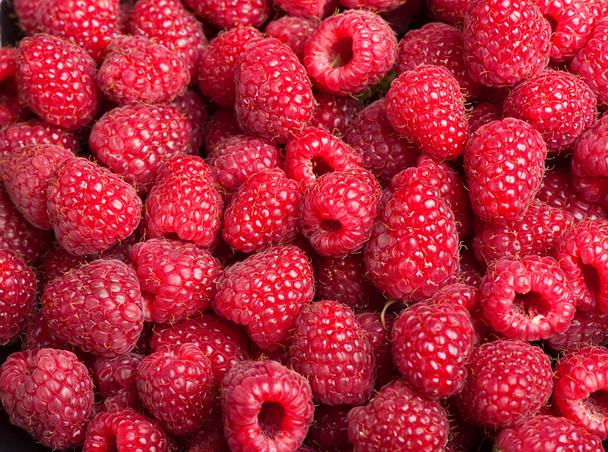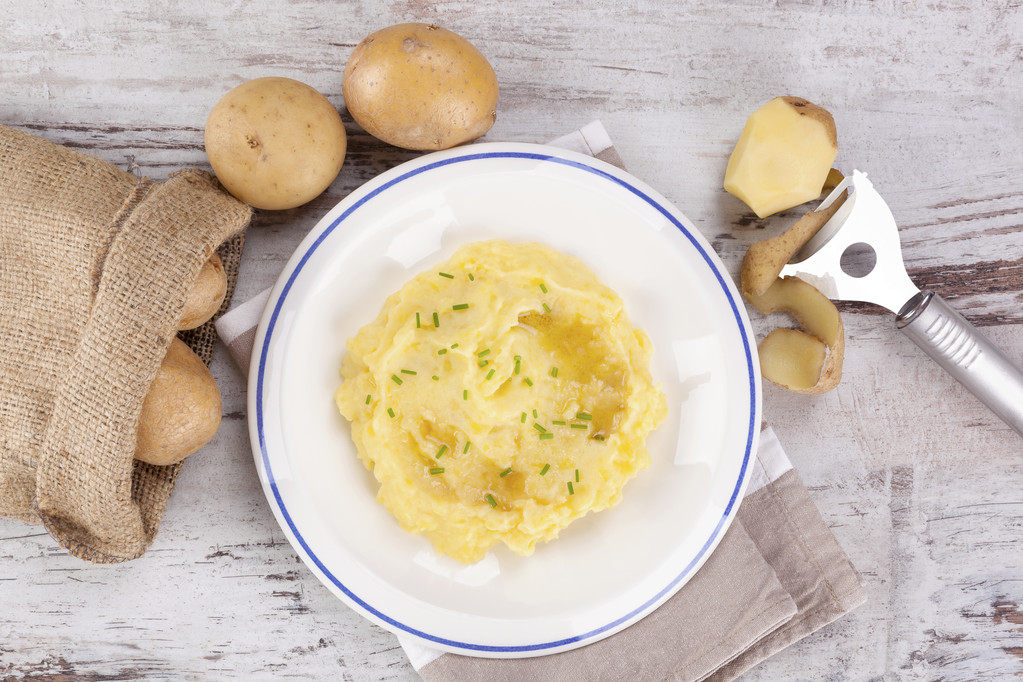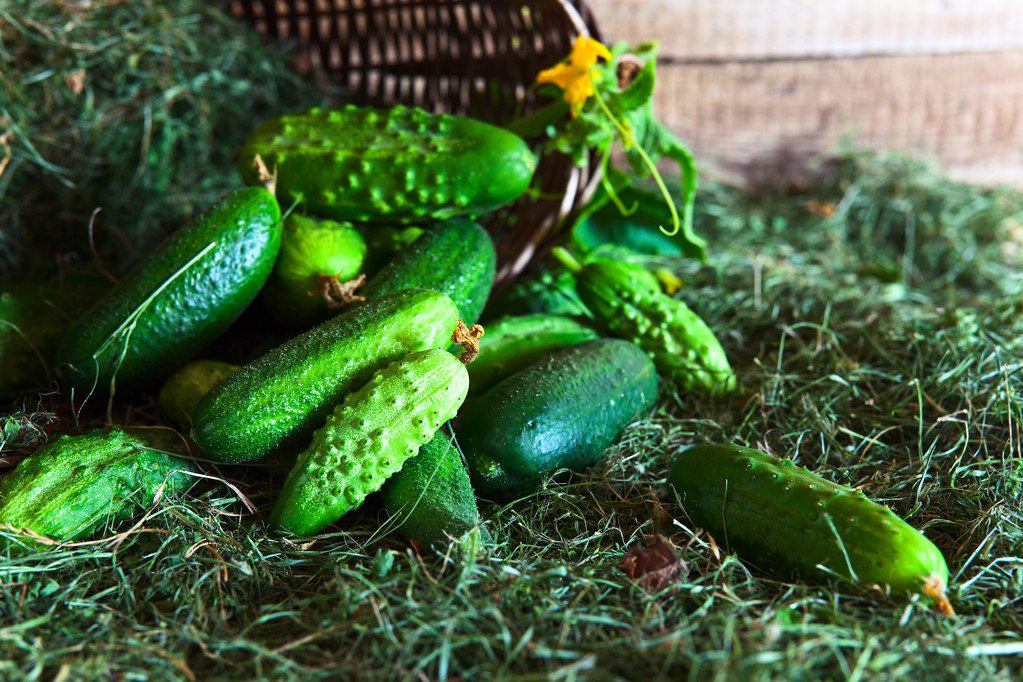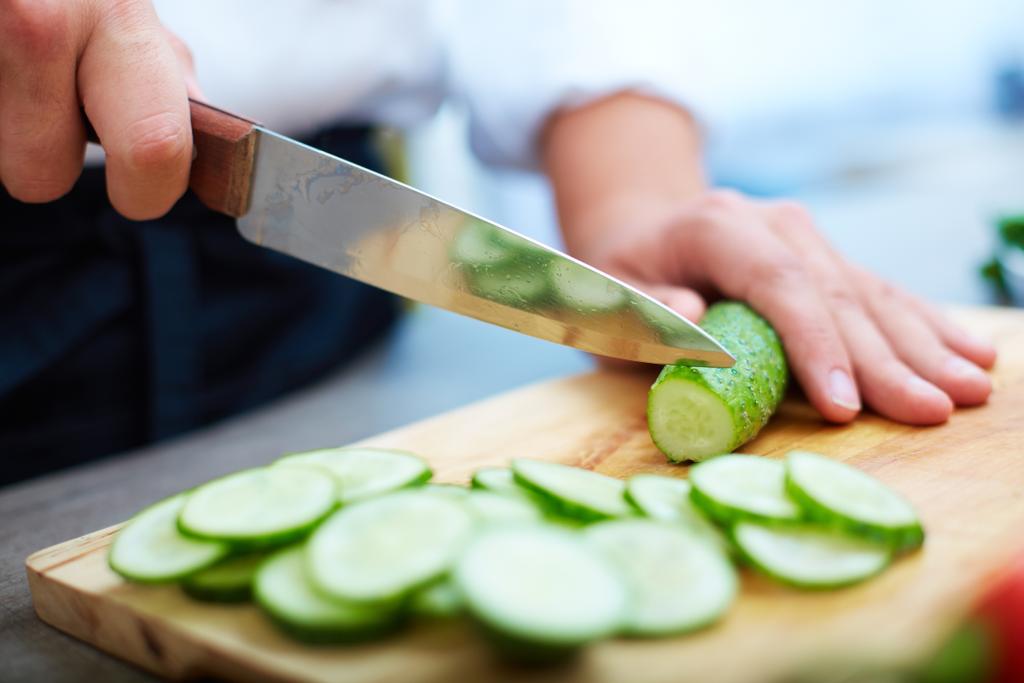Couscous is a staple food in North Africa. But how healthy is couscous and what are its nutritional values? We explain exactly what couscous contains and why it should be on your menu more often.

What actually is couscous?
Unlike rice, for example, couscous is not a grain of its own, but is usually made from wheat.
To make couscous, coarse durum wheat semolina is mixed with salt water and then grated until small balls of about 1mm form. They give the couscous its typical structure. The granules are then dried for sale.
However, the raw material for couscous differs from country to country. While in Europe “instant couscous” is mainly made from durum wheat semolina, couscous can also be made from barley or millet.
Carbohydrates and Nutritional Values of Couscous
Couscous is a grain product and therefore a high-calorie filler: it contains a whopping 353 calories per 100g. The good news is that couscous is very low in fat (just 1.8g per 100g) but high in fiber, a total of 7.6g per 100g. The protein content is also very high at 11g per 100g: couscous contains around five times as much protein as potatoes.
So couscous is by no means fattening unless you serve it with high-fat sauces or high-calorie meat dishes. In addition, couscous contains lots of healthy minerals such as potassium and B vitamins, especially vitamin B3.
Nutritional values at a glance (per 100 g couscous):
Calories (kcal): 353
Protein: 11 g
Fat: 1.8g
Carbohydrates: 69 g
Fiber: 7.6 g

Which couscous to buy?
Couscous from Turkish and Arabic shops as well as from the supermarket usually comes from conventional wheat cultivation. Under certain circumstances, it can therefore be contaminated with chemical pesticides.
To achieve a light color, the couscous is usually bleached with caustic soda. Caustic soda is otherwise used in the production of pipe cleaners and soap. In higher concentrations, it is particularly harmful to fish and plankton.
We therefore recommend that you buy organic couscous from controlled organic farming. You can get it in well-stocked organic supermarkets and health food stores. There you can also buy couscous made from other grains, such as spelt, barley or buckwheat. These are usually not bleached either.

